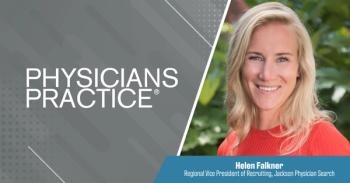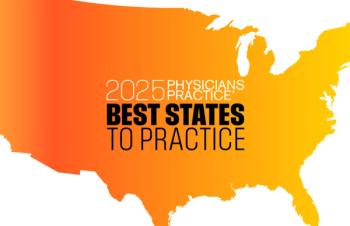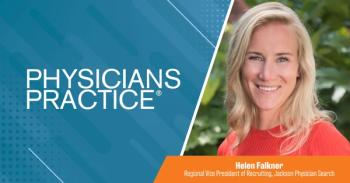
Benefits packages physicians should consider
Whether your benefits are provided to you by an employer or you must choose your own, these are the most common benefits physicians should be looking for.
The robustness of a benefits package can vary significantly depending on the type of employer. Nonetheless, when evaluating job opportunities, it often becomes a focal point. For physicians joining private practices, the benefits provided are typically limited. You operate more as an entrepreneur and must pay your own way when it comes to most benefits. Working for a large hospital or university hospital means practicing more as an employee, but the benefits package tends to be more robust. Private equity groups often land somewhere in the middle.
Whether your benefits are provided to you by an employer or you must choose your own, these are the most common benefits physicians should be looking for:
Disclosure
Effective June 21, 2005, newly issued Internal Revenue Service regulations require that certain types of written advice include a disclaimer. To the extent the preceding message contains written advice relating to a Federal tax issue, the written advice is not intended or written to be used, and it cannot be used by the recipient or any other taxpayer, for the purposes of avoiding Federal tax penalties, and was not written to support the promotion or marketing of the transaction or matters discussed herein.
The information contained in this report is for informational purposes only. Any calculations have been made using techniques we consider reliable but are not guaranteed. Please contact your tax advisor to review this information and to consult with them regarding any questions you may have with respect to this communication.
MEDIQUS Asset Advisors, Inc. does not provide tax, legal or accounting advice. This material has been prepared for informational purposes only, and is not intended to provide, and should not be relied on for, tax, legal or accounting advice. You should consult your own tax, legal and accounting advisors before engaging in any transaction.
200 North LaSalle Street - Suite 2300 - Chicago, Illinois 60601
312-419-3733 - Toll Free 800-883-8555 - Fax 312-332-4908 - www.mediqus.com
Investment advisory services offered through MEDIQUS Asset Advisors, Inc. Securities offered through Ausdal Financial Partners, Inc. Member FINRA/SIPC ∙ 5187 Utica Ridge Rd ∙ Davenport, IA 52807 ∙ 563-326-2064 ∙ MEDIQUS Asset Advisors and Ausdal Financial Partners, Inc. are independently owned and operated.
Newsletter
Optimize your practice with the Physicians Practice newsletter, offering management pearls, leadership tips, and business strategies tailored for practice administrators and physicians of any specialty.








